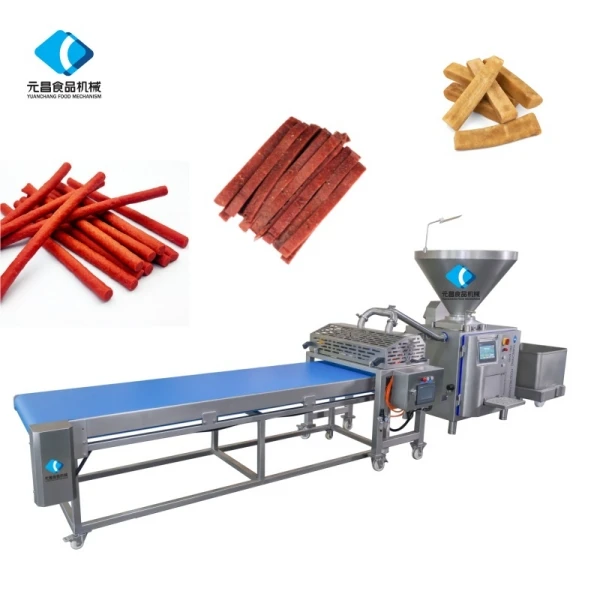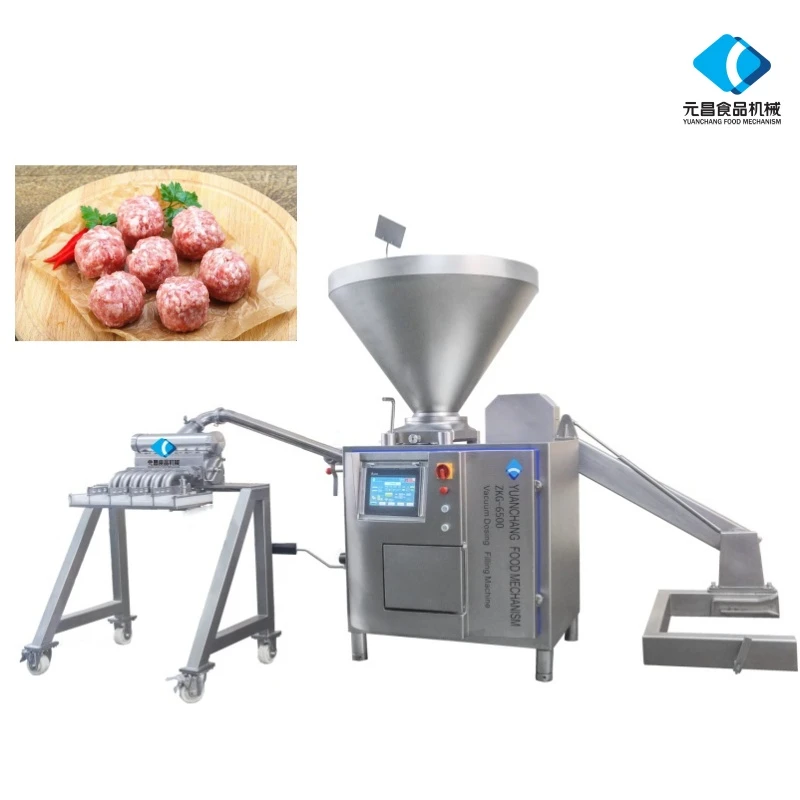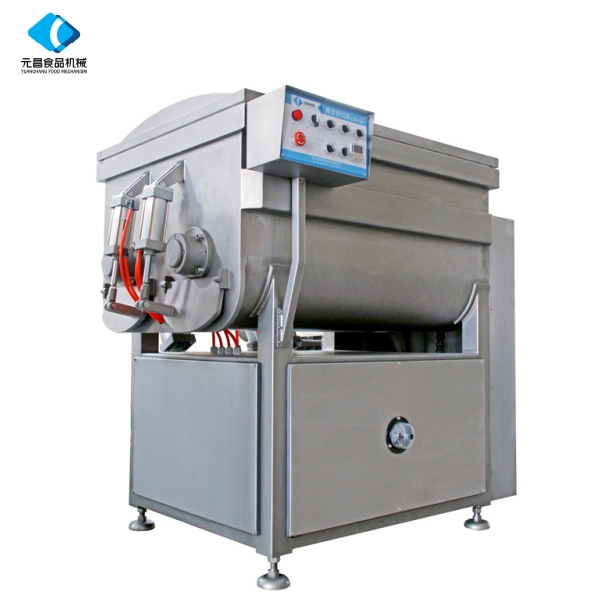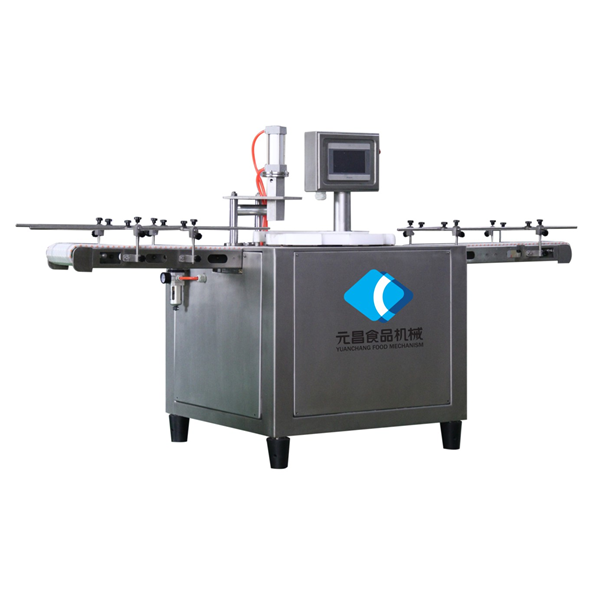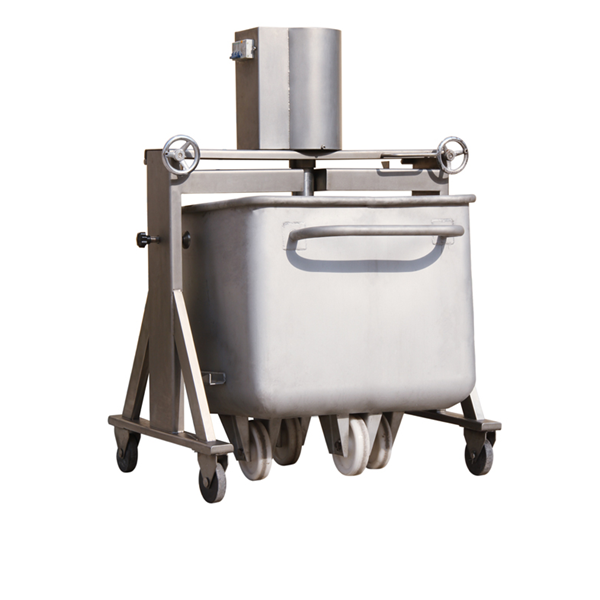Meat Conveyors: Hygienic, High-Speed, Washdown-Ready
Are Meat Conveyors Finally Getting Smart? A Plant-Floor View
If you’re rethinking your line layout, Meat Conveyors are where efficiency either happens—or breaks. To be honest, the best systems now feel less like “moving belts” and more like cleanable, data-ready, washdown-tough platforms that integrate injectors, tumblers, X-ray, slicers… the works. And yes, integration with brine injection is where a lot of yield is won.
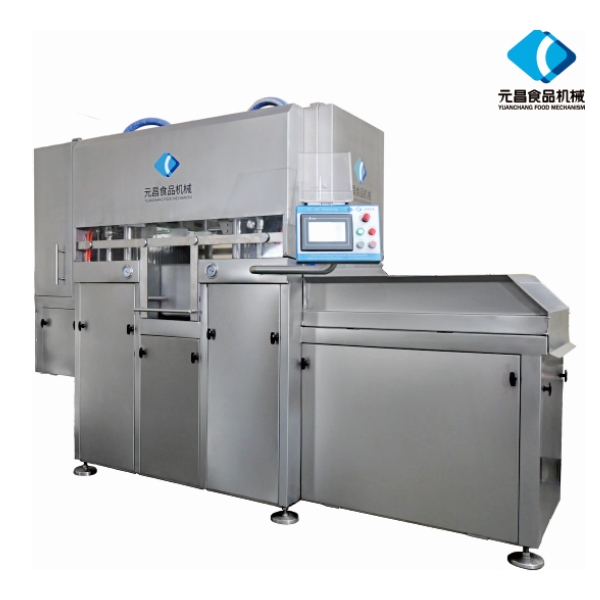
What’s trending on the plant floor
- Hygienic design first: open profiles, fewer harborage points, tool-less belt lift.
- Inline QA: metal/X-ray checks and weight grading pulled right onto Meat Conveyors.
- Smart drives and VFDs: tighter speed sync with injectors and tumblers.
- Sustainability: CIP-friendly designs that cut water and caustic usage by ≈15–25% (real-world use may vary).
Typical process flow (fresh or cured lines)
Here’s a real-world layout we’ve seen work, especially when brine injection is mission-critical:
- Raw trim receive → inspection on Meat Conveyors (304/316L stainless frames).
- Brine injection → YC Mechanism Saline Injector (ZSI-72/180/360) for consistent distribution.
- Drip/settle zone → transport to tumbler or massager.
- Chilling/hold → portioning → inline metal/X-ray.
- Primary pack → case → pallet, with rejects auto-diverted.

Specification snapshot: hygienic Meat Conveyors
| Frame material | 304 or 316L stainless, bead-blasted; welds ground to Ra ≤0.8 μm |
| Belt options | PU smooth; modular PP; open-grid for washdown (FDA 21 CFR 177-compliant) |
| Widths & speed | 400–1200 mm; 5–60 m/min (≈) |
| Drives | IP69K motors, VFD control; stainless gearboxes optional |
| Sanitation | Tool-less belt lift, quick-release sprockets, open leg frames |
| Temp range | -10°C to +40°C operation; freezer variants on request |
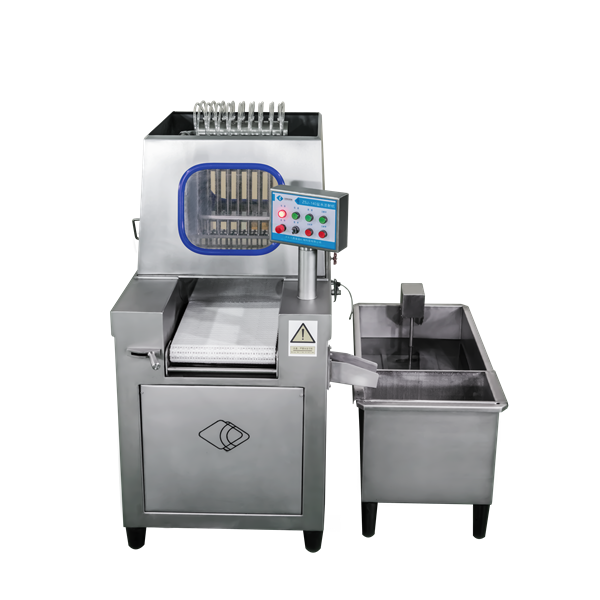
Injector integration that actually helps yields
YC Mechanism’s Saline Injector (origin: Shijiazhuang, Hebei, China) is a handy match for Meat Conveyors. The modular construction and replaceable syringe bridges mean changeovers are fast. No mechanical tweaks to switch products; the needle’s constant linear velocity keeps distribution consistent. Programs set product height, injection depth, and pressure per SKU—nice when your QA team is watching CVs.
- Models: ZSI-72, ZSI-180, ZSI-360 (capacity scaling).
- Observed distribution CV: ±3–5% on boneless pork (plant trial, ≈).
- Cleanup: open manifold design, easier brush access (operators actually thanked maintenance, which is rare).
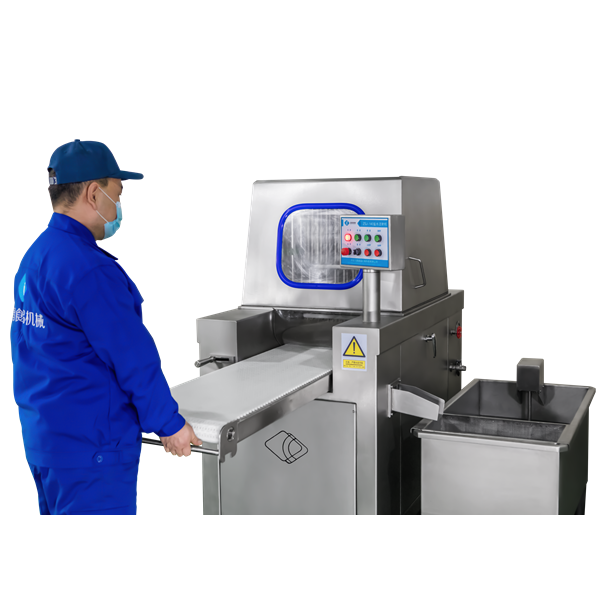
Vendor comparison (high-level)
| Vendor | Hygienic design | Speed sync | Lead time (≈) | Notes |
|---|---|---|---|---|
| YC Mechanism | Open-frame, tool-less | Good with injectors (ZSI series) | 6–10 weeks | Strong value, China/EU shipments |
| Marel | Premium hygienic | Tight PLC integration | 10–16 weeks | Broad ecosystem |
| JBT | Heavy-duty washdown | Solid VFD controls | 8–14 weeks | Strong global support |
| Nieros | Good open design | Standard I/O | 8–12 weeks | Competitive pricing |
Testing, standards, and service life
Materials: 304/316L stainless; belts FDA-compliant; plastics per 21 CFR. Methods: visual soil tests, ATP swabs, and periodic salt-spray (ASTM B117) on coupons. Typical service life: 8–12 years with daily caustic wash. Certifications commonly requested: CE, UL/CSA, HACCP/ISO 22000 alignment, EHEDG-informed design, 3-A style hygienic principles.
Customer feedback: “Carryback dropped below 0.1% after switching to open-grid sections,” one QA lead told me. Another reported cleaning time down ≈30% versus their old boxed-in frames.
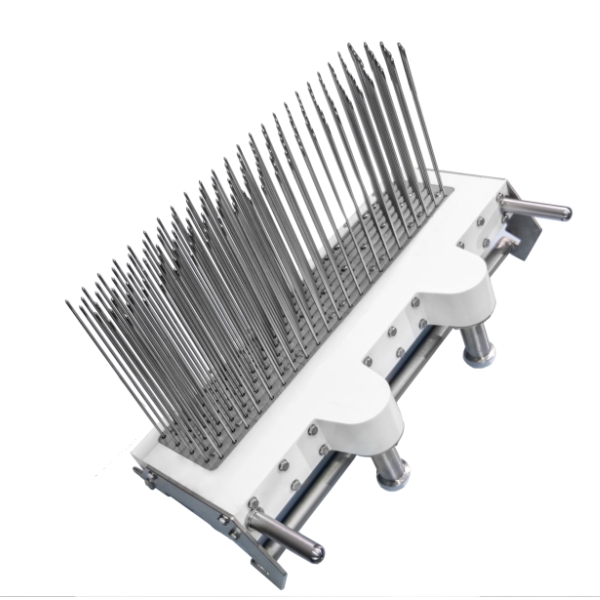
Quick case: Hebei ham producer
A mid-sized plant in Hebei paired new Meat Conveyors with a YC Mechanism ZSI-180 injector. Result? Yield up ≈2%, cleanup faster by ~28 minutes/shift, and throughput improved 18% thanks to better speed-matching and fewer stoppages for sanitation. Nothing flashy—just solid hygienic design and consistent brine distribution.
Authoritative citations
-
Discover the Benefits of Vacuum Marinating Machines for Efficient Food ProcessingNewsNov.24,2025
-
The Ultimate Guide to Commercial Chicken Scalders: Efficiency, Sustainability & InnovationNewsNov.23,2025
-
Chicken Harvesting Equipment: Efficient & Humane Solutions for Poultry ProducersNewsNov.22,2025
-
Comprehensive Guide to Meat Processing Plant Equipment | Efficiency, Safety & SustainabilityNewsNov.21,2025
-
Meat Processing Bins: Durable Solutions for Safe & Efficient Meat Handling WorldwideNewsNov.20,2025
-
Best Commercial Marinating Machines for Meat Processing | Efficient & ScalableNewsNov.20,2025





